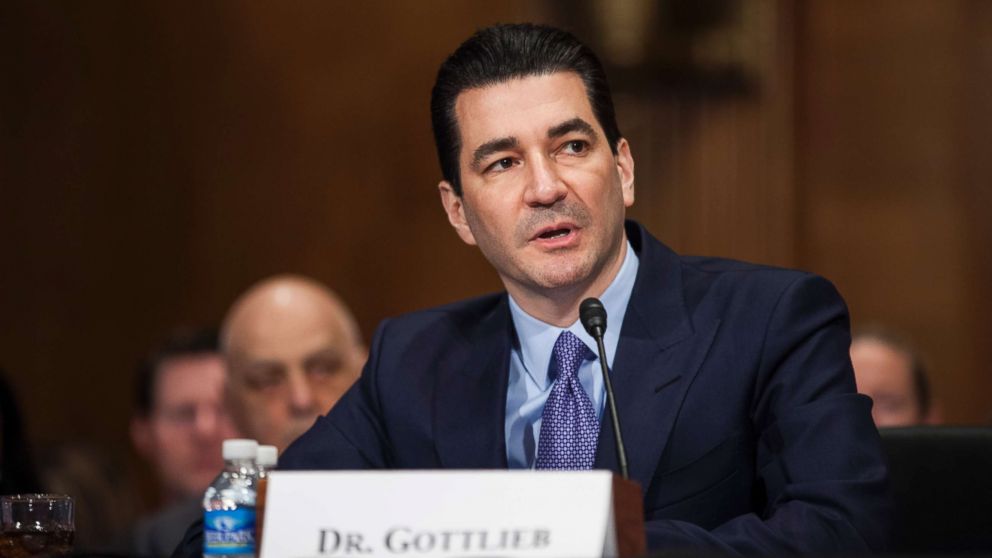
Creative human-AI partnerships and AI-generated music: WaveAI CEO and co-founder Maya Ackerman speaks with Jon Krohn about learning to see – and accept – AI’s…
Thought Leader: Jon Krohn

By Scott Gottlieb (original source Wall Street Journal)
“The novel coronavirus now epidemic in China has features that may make it very difficult to control. If public-health authorities don’t interrupt the spread soon, the virus could infect many thousands more around the globe, disrupt air travel, overwhelm health-care systems, and, worst of all, claim more lives. The good news: There’s still an opening to prevent a grim outcome.
China failed to contain the virus early. More cases in the U.S. are inevitable. Experience with the 2009 H1N1 flu pandemic suggests that emergency measures such as school closures and border screening—in place at 20 U.S. airports—can at most buy time. Several traits of the virus make border surveillance less effective. It results in a respiratory illness that looks like many other diseases. Some infected people won’t show symptoms while they’re traveling. Checkpoints don’t have tests that can diagnose the virus rapidly.
The U.S. government’s actions to prevent the virus from entering the country are valuable, and there aren’t many good options in such early stages of crisis response. But it’s time for additional measures. As more U.S. cases develop, the strategy needs to incorporate another goal: preventing transmission of the coronavirus within the U.S. Four important steps now could help.”
Click here to read more
Creative human-AI partnerships and AI-generated music: WaveAI CEO and co-founder Maya Ackerman speaks with Jon Krohn about learning to see – and accept – AI’s…
Thought Leader: Jon Krohn
Dr. Sanjay Gupta: How to Safely Store Your Leftovers
We all have our cooking rituals, but are some of them unsafe? Dr. Sanjay Gupta gets to the bottom of handwashing hygiene, especially when handling…
Thought Leader: Sanjay Gupta
Ian Bremmer: “We’re not much closer to a ceasefire”
The Trump administration is pushing to secure a peace deal to end the war in Ukraine. But what that looks like and whether Russia is…
Thought Leader: Ian Bremmer

